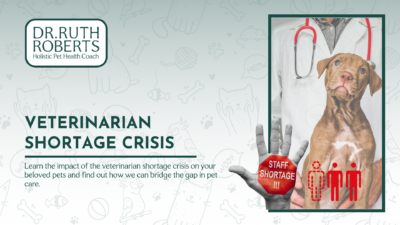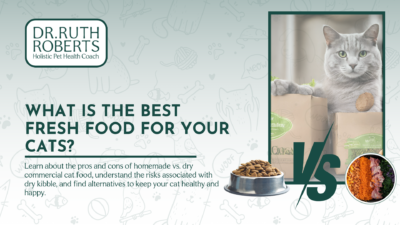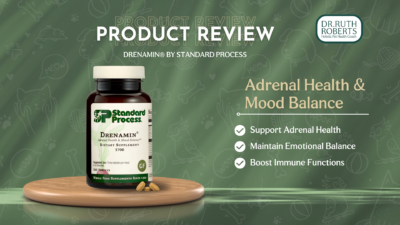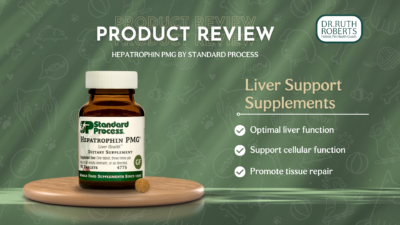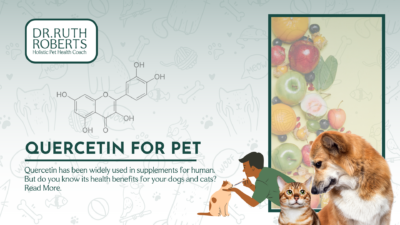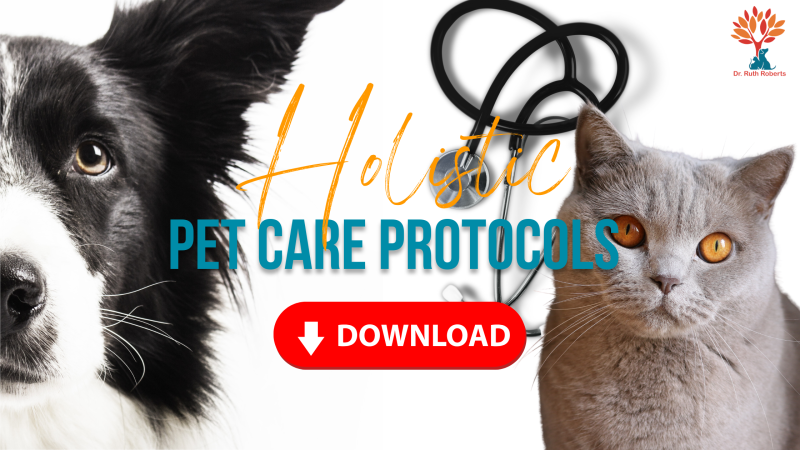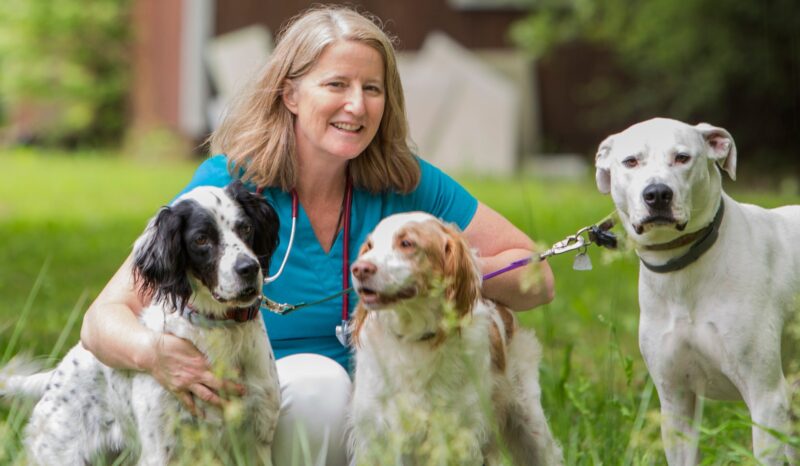Pet Food: Are they eco-friendly?
The environmental impact of pets and pet food.
There’s a huge concern about the environmental impact of pet food. From many, many, many different perspectives. And one of them is with regard to the things that it’s made from. So if we are making the majority of our pet food from meat, and in fact, in the United States, pets already eat 25 to 30% of all the conventionally produced animals.
📍 If we fed them all raw, this could truly be a disaster. And in fact, it would begin to rob humans have the ability to eat animal proteins. And when it comes down to feeding your dog or feeding your child, I have a feeling a lot of different people will choose their children with good reason.
📍 So one of the claims that some folks have made is that literally, the dog has the environmental impact of two small SUVs. Now it’s not quite correct, but there is a huge, huge impact that pets make because they’re eating the equivalent of what it would take 0.8, four hectares, or that’s about one hectare about two and a half acres to produce the food.
And so the pet food companies are saying, well, that’s okay. We’ll just feed them the byproducts and those are things that can be actually good food, but it can actually also be bad stuff. So to that end, there are many people that are beginning to research, vegan diets, especially for dogs.
That’s a tough one for cats because they are obligate carnivores. But the study out of Great Britain found that out of 2,500 pets surveyed, they looked at pets that were eating conventional kibble. They were eating vegan diets, conventionally produced as well. And then also raw-fed dogs.
The vegan fed dogs had fewer visits to the veterinarian and fewer problems with health issues, which was fascinating. And to some degree, this makes sense because pets are eating the same commercially produced meats that we are, which were filled with antibiotics, and growth hormones in many cases. And then you have to think about how what they are being fed is produced.
And literally it is pretty ugly. I mean, if these animals are standing around elbow deep in mud, in many cases and sewage and their own waste products, it’s not a very healthy environment, as you can imagine.
So what can we do?
📍 And one of the things certainly is to feed a home cooked diet. And that’s what I’ve been advocating for years for many, many reasons.
📍 One is that it puts the ingredients that you’re feeding your pet in your hands. It also allows us to feed dogs which we know are omnivores and indeed have the ability to produce amylase, which is the enzyme that helps to break down starches. We know that they can do this. They evolved with us.
📍 There’s a lot of raw folks that will say, oh, they don’t have salivary amylase and that’s because they go up their food down, literally they will fit down. But they do have the ability for the pancreas to secrete amylase, to break down starches. So part of it’s going to be relieving the earth of a lot of overproduction of food. And also your, if you’re buying things locally even if it’s just from your supermarket, it’s only been shipped once.
So for instance, with many pet food manufacturers, they may import ingredients from China, from Thailand, from Mexico, from parts of the US, and then make the pet food, put it in a bag, ship it to a warehouse which may be a thousand miles or more away where it sits using electricity to be stored in a climate controlled environment for somewhere between six and 12 months, perhaps. And in some cases, pet food is labeled a safe to use for up to two years.
So all this time it’s been sitting in air conditioning, by burning up energy, and then once you are ready to consume it, or your pet is, hopefully you’re not having to, although that’s an old song from the seventies, they put it on a truck and they ship it to you another hundred- 200- a thousand miles. 📍 So more energy is consumed there.
📍 The other issue is that many of the canned foods are now plastic packed and those little Mylar envelopes, the bags of food are aligned with plastics. Those are also not healthy for your pet. And the cans of food are lined with plastic as well, that are supposed to be BPA free, but it turns out that’s not really the case. So there’s a lot of. Really, really, really, really frustrating things going on.
📍 So what can you do to help make sure that your pet is eating the healthiest diet possible?
📍 Again, make sure that it is appropriate for this species. Grains, starches, things like that is not appropriate. And so they truly are obligate carnivores and they need to eat meat. But remember they don’t have to eat just boneless, skinless, chicken breast.
They can eat practically the whole chicken. So even if you are cooking for your pets, as we do, we often will remove the joint capsules because believe it or not, that’s where they may come in from. And we will pick apart the entire chicken carcass. And so the entire thing is used except for the bones.
📍 For those of you, this is one of the few places where you can make an argument for raw feeding because cats truly again, obligate carnivores. However many of them are carb addicts and they just won’t eat at all.
📍 And the other thing is that if you can use vegetables and perhaps beans, in some cases to help add a little more protein to the diet, that way you can decrease your cat’s meat impact on the planet, if you will.
📍 Now, the other thing is, the planet is again in system overload. So if you’re cooking food for your pet, you’re freezing it. You have just reduced a tremendous amount of energy cost of transporting and storing pet food. The other thing is that if you are buying lots of cat litter for your cat. If you’re buying the clay stuff, this stuff is mined in central and south America, and then shipped to the United States.
📍 If you use things like there are Walnut hole letters, there are letters made from corn cobs, things of this nature. Not only are they more environmentally friendly when you dispose of them, but they’re also not destroying the earth in order to provide a place for your cat to pee. Speaking of waste the little plastic baggies, we all have to carry around with us to pick up our dog poop.
📍 Those are, some of them are supposed to be biodegradable, but many of them actually aren’t unless you’re doing it in the right conditions. Include composting. Now there’s companies called doggy Dooley and others where you can actually compost your pet poop. And what I would suggest is using something like wax paper that really is a compostable, or at least will break down and not leave plastic residue for thousands and thousands of years in the future.
📍 And the other big thing you can be mindful of is pet toys. We, there is a terrific amount of plastic that you used to produce and to you know, to ship, uh, pet toys. So for instance, When there was a group that looked at Trinidad and Tobago to find out what generated the most waste in the country. And it wasn’t the individual plastic bags, it was the plastic that was used to overwrapped pallets on a container ship and this, I mean, Dolly, the what reached the consumer was something like a 10th or less of the plastic used to ship stuff across the sea.
📍 Now we’re in a global economy. But the more you can buy at home, the better for you and your family.
📍 So that’s what I’ve got for you today. Click on the link below. There’s a link to our blog article, which goes into a lot more detail about how you can help improve your pet’s carbon footprint. 📍 But a number one is to reduce the use of meats as much as possible. 📍 Now the raw folks are going to get all up in arms about this, but here’s one of the interesting things I found out while I was taking the natural animal nutrition course, the actual requirement for protein according to AAFCO and in NRC is actually somewhere around a fifth of what we feed them a day.
📍 Feeding them a ton of protein news anti-inflammatory. And so the volume of protein, we are feeding may indeed be contributing to some of the chronic disease we are seeing in our pets. And as I mentioned earlier, especially in light of the way these animals are produced.
📍 So, that’s what I’ve got.
Remember your pet has environmental consequences as well. Environmental consequences are beginning to catch up with the lives that we’ve been living. And so it’s going to become critically important over the next two or five years for us to figure out a way to reduce our impact. So that planet earth can keep sustaining us.


